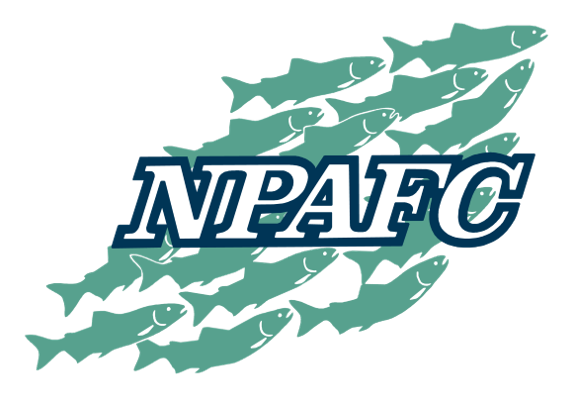Technical Report on Likely Suspects Framework from North Pacific Anadromous Fisheries Commission
Proceedings of a series of workshops focused on providing a roadmap to guide the development of a Likely Suspects Framework approach for Pacific salmon.
This important new report synthesizes the outcomes of a workshop series to provide a roadmap for developing Case-Use Studies and a Likely Suspects Framework for future implementation in the northeast Pacific. The workshop series involved over 100 participants , including representatives from several MSA organisations , covering a diverse range of roles and expertise from federal, and provincial/state agencies, Indigenous governments and communities, NGOs, and academic institutes. The workshop series took place from December 2020–March 2021.
“Climate change has salmon and people in crisis in the Pacific and Atlantic basins. Our work with the Missing Salmon Alliance on Salmonscape and the Likely Suspects Framework is an excellent example of how collaboration across the hemisphere can lead to rapid progress on the issues we need to address in order to build resilience in a highly uncertain environment”
As an Alliance of five organisations, we will build on the existing work of our partners and maximise our impact by taking a coordinated approach and vital action in order to halt and reverse the decline of wild Atlantic salmon.
The goal of the Missing Salmon Alliance is to build an evidence-base to influence national and international decision-makers to regulate activities that adversely impact wild Atlantic salmon.
The Missing Salmon Alliance
The MSA is comprised of the following members:
Game & Wildlife Conservation Trust, Atlantic Salmon Trust, the Angling Trust with Fish Legal, The Rivers Trust and Fisheries Management Scotland.
https://www.missingsalmonalliance.org



